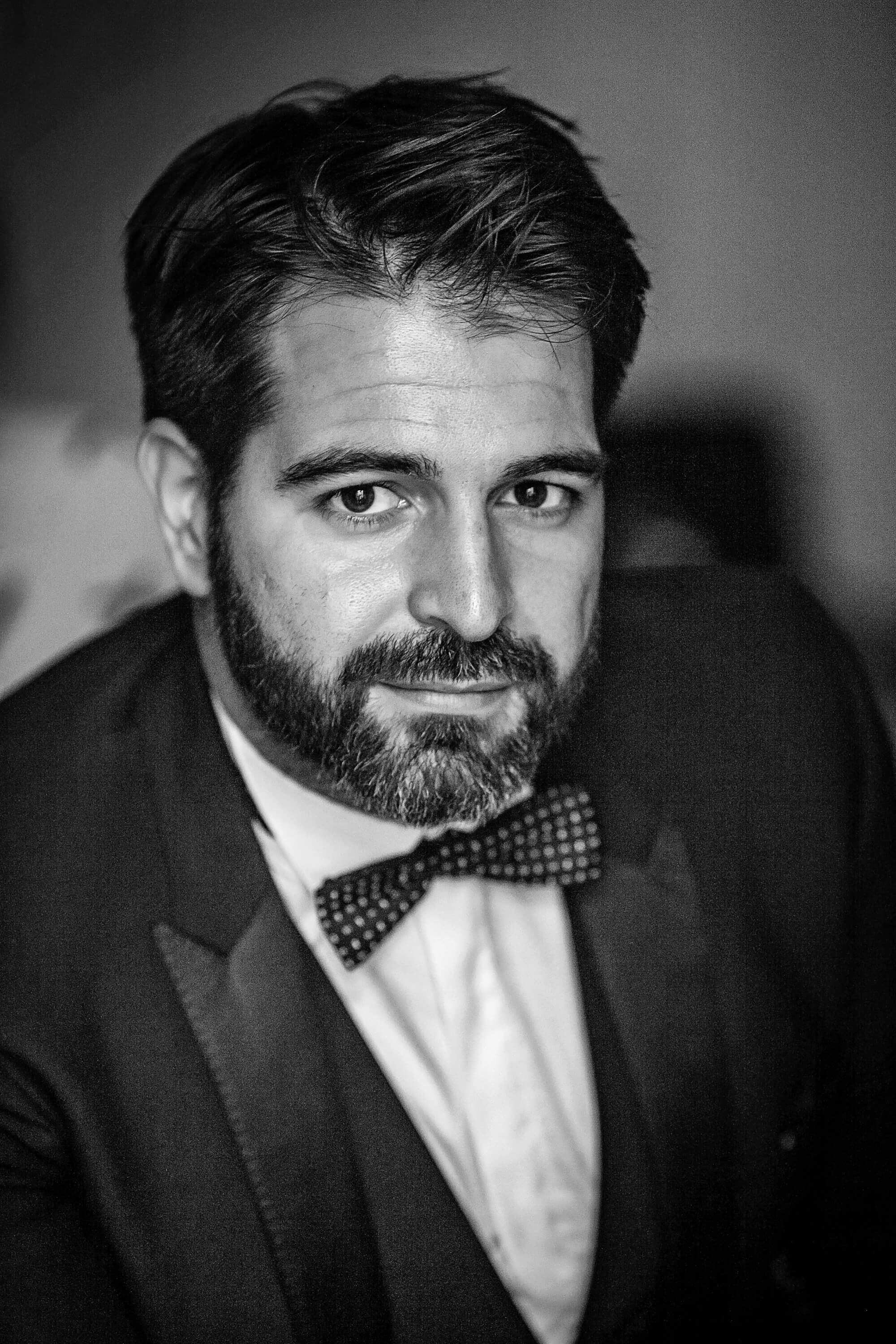Breaking the chain of surface recontamination
Degragerm 24™ Shield - cleaner disinfectant with residual efficacy powered by APT™ technology
Over 2 years ago COVID19 changed our lives and also the way our customers (and their customers, i.e.: virtually everyone) looked at cleaning & hygiene products and practices.
Right now, we can state that our customers are more aware than ever before about the risks of infections to the general public - especially in public spaces within commercial facilities - derived from respiratory droplets, aerosols and the indirect transfer of pathogens via contaminated surfaces and equipment. That risk can widely differ by sector, depending on a number of parameters such as the traffic level, the type of public (children, immunosuppressed and elderly people, etc) and the type of facility and related activities (if people sleep and eat, if they receive care, if they interact with each other, if there’s shared equipment, etc.), among many others.
How that risk is managed is something that we at Diversey provide advice upon, continuously supporting our customers in choosing the best possible value offering to meet their cleaning and hygiene-related needs. Part of that answer is to always maintain a specific routine of cleaning and disinfection of environmental surfaces and equipment. That routine will be increased around specific areas, some of which are identified as frequently touched surfaces. Even when increasing that routine, some risks will always remain, especially those ones linked to the recontamination of the surface after every touch.
Environmental hygiene, whether is delivered through chemistry (cleaners/disinfectants such as Oxivir) or energy (Ultraviolet devices like Moonbeam3) has been improving over the years, and we can confidently state that today we have state-of-the-art products in our portfolio, which score highly across most of the ‘properties of an ideal disinfectant', a framework described in one of the most referenced papers in the industry, written by William Rutala. However, based on that research, an ideal disinfectant should have, among others, a high level of ‘persistence’, understood as sustained antimicrobial activity or residual antimicrobial effect on the treated surface.’ That has been a historical gap in the market.
We believe that achieving active surface protection between routine disinfection steps would be instrumental in effectively reducing infection-related health risks over the next few years. And we also know this is especially critical in the context of COVID19 as it helps our customers provide that additional layer of protection that is needed in areas where frequent disinfection of surfaces is not guaranteed or impossible to monitor by the minute. Our belief is shared by some other leading companies, including the 3 major global consumer goods companies in our space, who have also invested in this ‘residual disinfectant’ category.
Because of this, we developed one of our most recent innovations in the Infection Prevention space: Degragerm 24™ Shield - a cleaner disinfectant with residual efficacy powered by APT™ technology.
This innovation provides 24 hours of residual antimicrobial protection (compliant with the standard BSI PAS2424) for non-food contact hard surfaces, protecting the surface against bacteria and viruses even when this is repeatedly contaminated with soil and microorganisms and eroded by repeated contact throughout that time frame. This is achieved thanks to APT™ - Advanced Polymer Technology - which uses quats in a specific combination with a patented polymer and surfactant system, not only achieving residual surface disinfection but enabling it to stay for up to 24 hours even when abrasion occurs.
In order to visually show how APT™ technology works and the different ways in which Degragerm 24™ Shield delivers value to our customers, we’ve created the following video:
This video, prepared between the Strategy Office and the European Marketing team, is part of a Digital Marketing Campaign running in several European countries, and it shows some of the most evident situations where having Degragerm 24™ Shield can become a game-changer for specific customer cases.
For example, BSC customers in Denmark and in the UK have found in this product a special tool to provide additional reassurance to their customers (retail banks, governmental offices and others) in situations where continuous cleaning of high touch surfaces - around the clock - can simply and realistically not always be delivered. Many regional and global hotel chains are also showing increased interest in this new technology and are currently trialing it, as they see this as a tool to help alleviate some of the pains related to the frequent provision of cleaning and hygiene across public areas. Other sectors where this innovation is generating buzz is Education where, for instance, frequent disinfection of students’ desks in high-schools becomes a herculean task when students move from class to class every other hour.
Right now, there are already 9 countries that have been able to register and launch the product in Europe and 2 countries in Emerging Markets, with several other countries that will soon have the registration process finalized and will be ready to launch.
As we look ahead, both European and Emerging Markets teams are working with the innovation project team in developing case studies and supporting trials, given that has been identified as a key to success during the latest Voice of Customer exercise run across several countries globally (France, U.S., Turkey, Australia and India).
While some of the countries have a long registration process, we are continuously monitoring this process and getting ready to launch in each country where the registration is finalized. In parallel, the project team is also working on the development of a concentrated and wipe formulation that will start to reach the market next year.
Stay tuned. Long-lasting disinfection is here to stay - for long.
1 Rutala W, et al, “Selecting an ideal disinfectant”, Infect Con and Hosp Epidem, Vol. 35, No. 7 (July 2014), pp. 855-865

